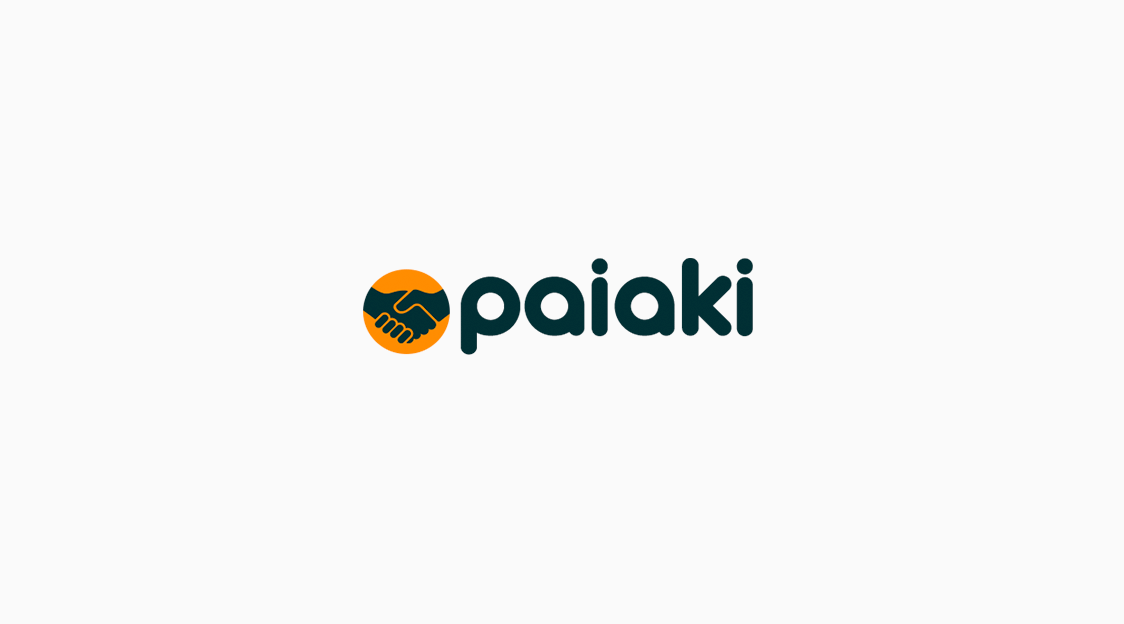Central Bank Digital Currencies (CBDCs) are the country’s digital currencies that are managed by the central bank and made accessible to the public. There are many banks worldwide that are exploring the potential of CBDCs; likewise, Ripple Labs, which owns XRP, is also looking to integrate it.
The CBDCs are looking to explore the crypto world and the role of blockchain technology in shaping the future of money. XRP is a great pioneer in the finance world because of its cross-border payment and settlement. With its decentralized XRP Ledger (XEPL), this space offers interoperability, making it an attractive option for the central banks.
However, the question remains: can XRP and CBDCs collaborate and become the standard? Below, you’ll explore everything you need to know about the advantages and challenges that might come during the widespread adoption of XRP by the CBDCs.
Advantages If Ripple XRP Becomes Standard for CBDCs?
If Ripple becomes a standard of CBDCs, there will be several advantages to both central banks and the border financial systems. Ripple decentralized blockchain technology, instant finality, and low-cost cross-border transactions offer the upper hand compared to the traditional banking system. The robust infrastructure of Ripple XRP could help the CBDCs issue the crypto that is not only safe but also efficient in terms of performance. If CBDCs launch the XRP as a standard, then the major problems of global finance will be addressed, such as slow and expensive cross-border payments because of intermediaries.
Ripple XRP seamlessly integrates into the finance infrastructure due to interoperability, makes it an ideal choice for central banks who are looking to modernize their payment network while also ensuring compatibility with the current finance system. Other than this, Ripple is committed to privacy, which could be a great perk for the CBDCs because government and financial institutions require a high level of security for digital currency along with privacy amid increasing hacks and threats online. The balance of transparency and privacy offered by XRP is the perfect balance that central banks use to maintain control over the digital currency, which also makes sure that users’ data remains secure and private.
Furthermore, Ripple supports both retail and wholesale and several utilities and strategic partners that can benefit CBDCs, offering greater flexibility as Ripple XRP can be used as a payment medium and for large-scale financial transactions. Finally, Ripple, as discussed, has many strategic partners, many of which are financial institutes, and this experience provides a strong foundation for the widespread adoption of CBDCs. Adding to this, Ripple XRP’s existing collaboration with banks and payment companies can fuel the quick incorporation of CBDCs in the global finance system across different regions.
Challenges in Ripple XRP Becoming Standard for CBDCs?
While there are several advantages to this collaboration, there are also some disadvantages. One of the primary challenges, such as regulatory uncertainty, Ripple legal battle with SEC, competition from other blockchains, and technical challenges, can interfere with the standardization of XRP. Ultimately, Ripple’s ability to scale and the transaction volume needed by central banks might challenge the capabilities of its blockchain.
Although Ripple’s network is recognized for its swift transactions, widespread, high-volume utilization might lead to bottlenecks or issues concerning the infrastructure’s ability to accommodate the significant scale that CBDCs require. To ensure Ripple’s technology scales efficiently to fulfill CBDCs’ requirements, ongoing innovation and development would be essential.

